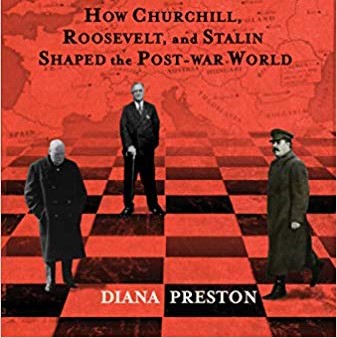“The Little Book of String Theory,” by Steven Gruber
I read this book because my youngest daughter is studying physics and I feel like I need to educate myself on the topic (somewhat) in order to understand our conversations about her course work, internship at Fermilab, and whatnot.
The most interesting bits in the book were references to whether the Higgs boson particle exists. The Little Book of String Theory was published in 2010, two years before experiments at the Large Hadron Collider (LHC) proved the existence of Higgs boson.
Gruber writes: “If the weird ideas of supersymmetry and fermionic dimensions are borne out by discoveries at the [Large Hadron Collider], it will be a triumph of pure reason beyond anything that’s happened in our lifetimes.”
Sounds exciting!
I wish the book, which was published as part of a series the Science Essentials series published by Princeton University Press in order to “bring cutting-edge science to a general audience,” delivered on its promise.
I finished the book because every now and then I felt like I actually understood one of Gruber’s sentences (such as the one cited above.) But I was so annoyed when I was done that I went looking for reviews after I’d finished it.
I felt vindicated when the most positive review I could find described The Little Book of String Theory as “an excellent introduction to string theory for those who are looking for a highly academic explanation.” (Emphasis added.)
This review by Peter Woit (a mathematics professor at Columbia University and a critic of String Theory) pretty much nails it:
While trying to cover a huge amount of complicated material, the book is quite short, with 162 pages of text, in a small format. Gubser has chosen to deal in a radical manner with the problem of deciding whose work to reference, and whose name to mention in connection with various discoveries. There are no footnotes or end-notes, no bibliography of any kind, and no mention of the names of any string theorists, or any living physicists at all for that matter. The history of the subject pretty much only appears in a few of Gubser’s comments about early parts of his own career.
To somehow counterbalance its main focus on a highly sketchy treatment of an intricate and very abstract subject, the book periodically introduces some very concrete and explicit numerical computations, starting with a first chapter devoted to explaining in detail the equation E=mc2. Unfortunately, none of these calculations have anything at all to do with the topic of the book, string theory. The central section of the book, about branes and duality, contains no such concrete calculations, but instead largely consists of page-long paragraphs recounting in words the intricate structures that occur in this subject. I find it hard to believe that anyone not already familiar with this topic will get much out of this kind of discussion.

